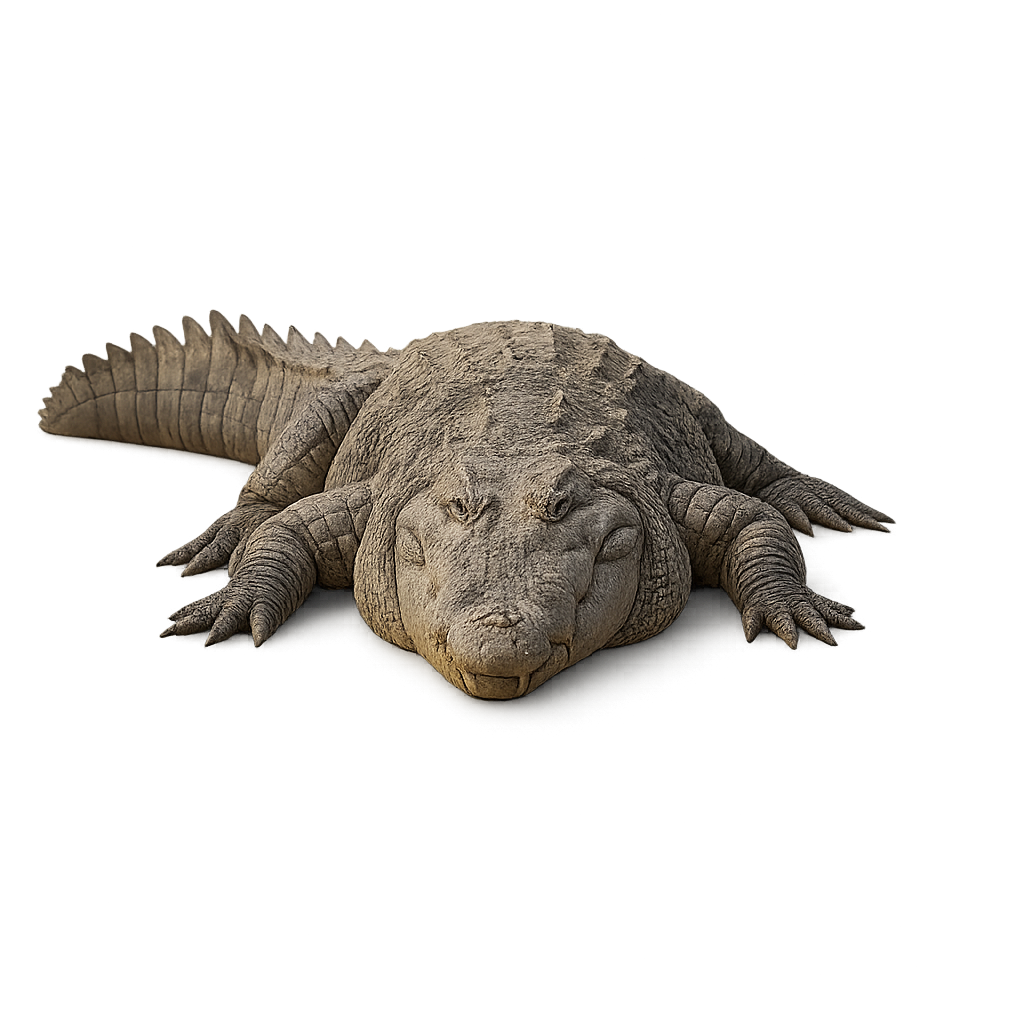Observe and photograph a species in its natural habitat
Learn where and when to observe a species in the wild, how to recognize it in the field, and what habitats it lives in. Get photography tips adapted to its behavior and capture stunning images without disturbing the animal. For full details, open the complete profile in the WildlifePhotographer app.
Marsh crocodile
Scientific name: Crocodylus palustris

IUCN Status: Vulnerable
Family: CROCODYLIDAE
Group: Reptiles
Shyness: Suspicious
Safe distance: 30 m
Breeding season / Courtship: 01.11-31.03
Gestation: 2 à 3 mois
Births: 01.04-30.06
Habitat:
Wetlands, swamps, slow rivers, and lakes in the tropical and subtropical regions of India and Sri Lanka
Description:
The Marsh Crocodile, also known by the scientific name Crocodylus palustris, is a medium-sized reptile that can reach about 4 to 5 meters in length. Its body is typically olive to brown, with darker patterns that allow it to effectively blend into the swamps, rivers, and lakes of its habitat. This crocodile is primarily carnivorous and feeds on fish, birds, and small mammals, but it can also hunt larger animals when they venture too close to the water. The Marsh Crocodile is known for its patience and discretion when hunting, often remaining still for hours before seizing its prey. In terms of distribution, it is found in the Indian subcontinent, particularly in India, Pakistan, Bangladesh, and Sri Lanka. Although primarily sedentary, it can move short distances in search of new habitats. This species is listed as vulnerable due to habitat loss and hunting for its skin. Major threats include the draining of swamps, water pollution, and conflicts with human communities.
Recommended lens:
>=200 mm
Photography tips:
To photograph the mugger crocodile, a telephoto lens is essential for capturing its powerful movements and expressions while maintaining a safe distance. Try to take photos early in the morning or late in the day, when crocodiles are more active. Respect their space and avoid getting too close, especially when they are basking in the sun.
Ready to take action?
Choose your platform and start your free trial today



